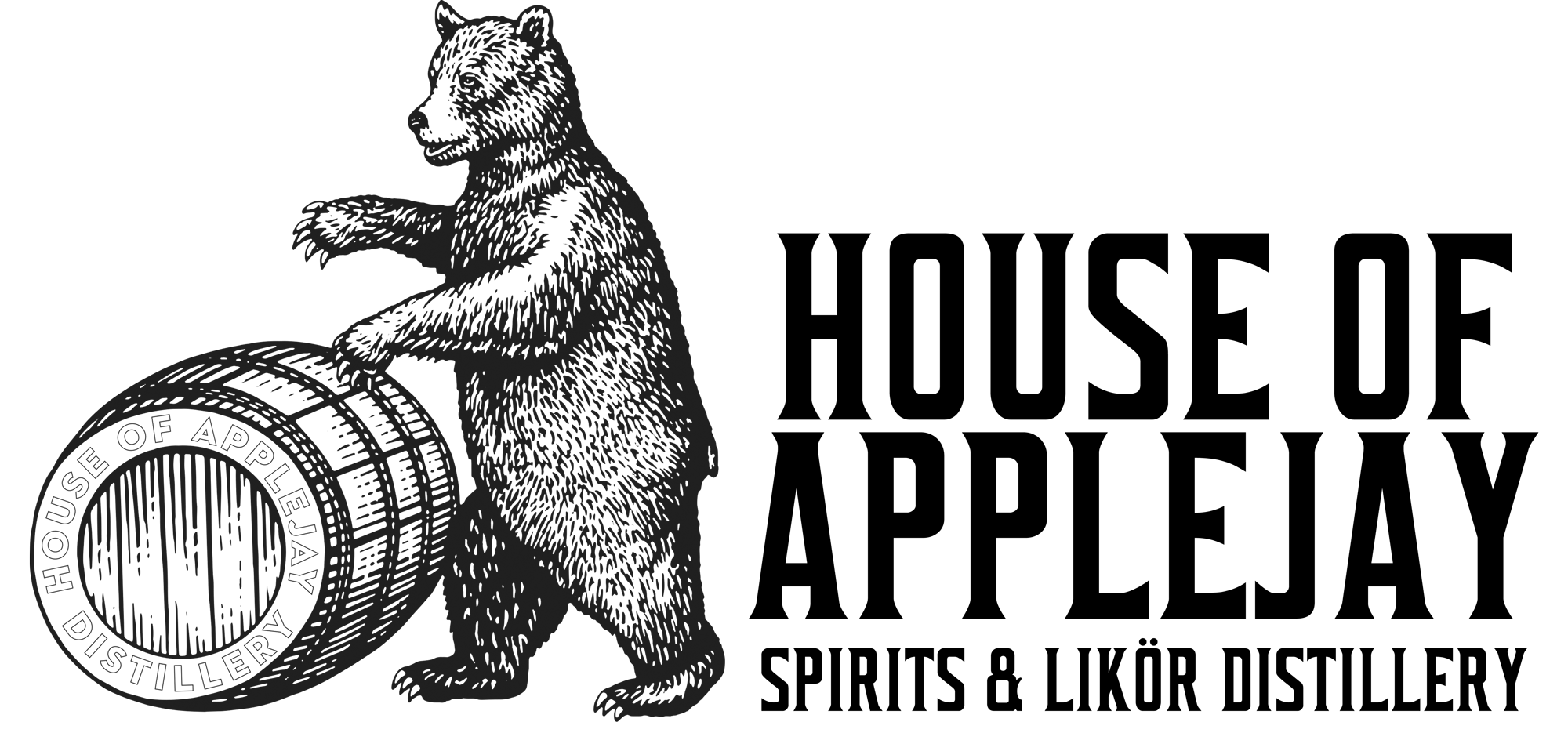Versailles Treaty & German Cognac
WWI & Rise Of Trademarks
In 1896, Hugo Asbach, a German distiller (1868-1935), acquired the “Rhenish Cognac” company in Rüdesheim, Germany. Despite not being distilled in the Cognac region of France, Asbach continued the tradition of labeling wine brandy produced in Germany as “Cognac.” During this time, geographical indicators were not yet established, and “Cognac” was a term used globally for various distillates made from mashed fruits and aged in oak barrels.
Asbach Uralt
In 1907, when Asbach registered his renowned trademark “Asbach Uralt,” the Imperial Patent’s definition still referred to the distillate as “a genuine old brandy cognac, produced from noble selected wines.” However, before World War I (1914-1918), the term “old German cognac” was used in many advertisements. This changed after the war due to the Treaty of Versailles.
The Invention of Trademarks
The Treaty of Versailles, signed on June 28, 1919, aimed to protect the French alcohol industry by granting exclusive naming rights for products associated with French geographical areas, prohibiting German manufacturers from using terms like cognac and champagne. Articles 274 and 275 of the Treaty, known as the “champagne paragraphs,” are still in effect today and mark the inception of the significance of “geographical indicators” and global brand protection.
However, Hugo Asbach, the renowned German brandy producer, was already ahead of this change, refraining from calling “Asbach Uralt” a cognac as early as 1910. He chose to market his high-quality distillate as “Deutscher Weinbrand,” branding it as a unique German distillate that was distinct in its production from French Cognac.
The Distilling Culture
BLOG
Embark on a global journey, and you’ll find that cultures possess tales that harken back to their ancient beginnings of distillation, brewing, and winemaking.
info@houseofapplejay.com
67 Fowler St, Bldg B, East Ellijay, GA 30540

